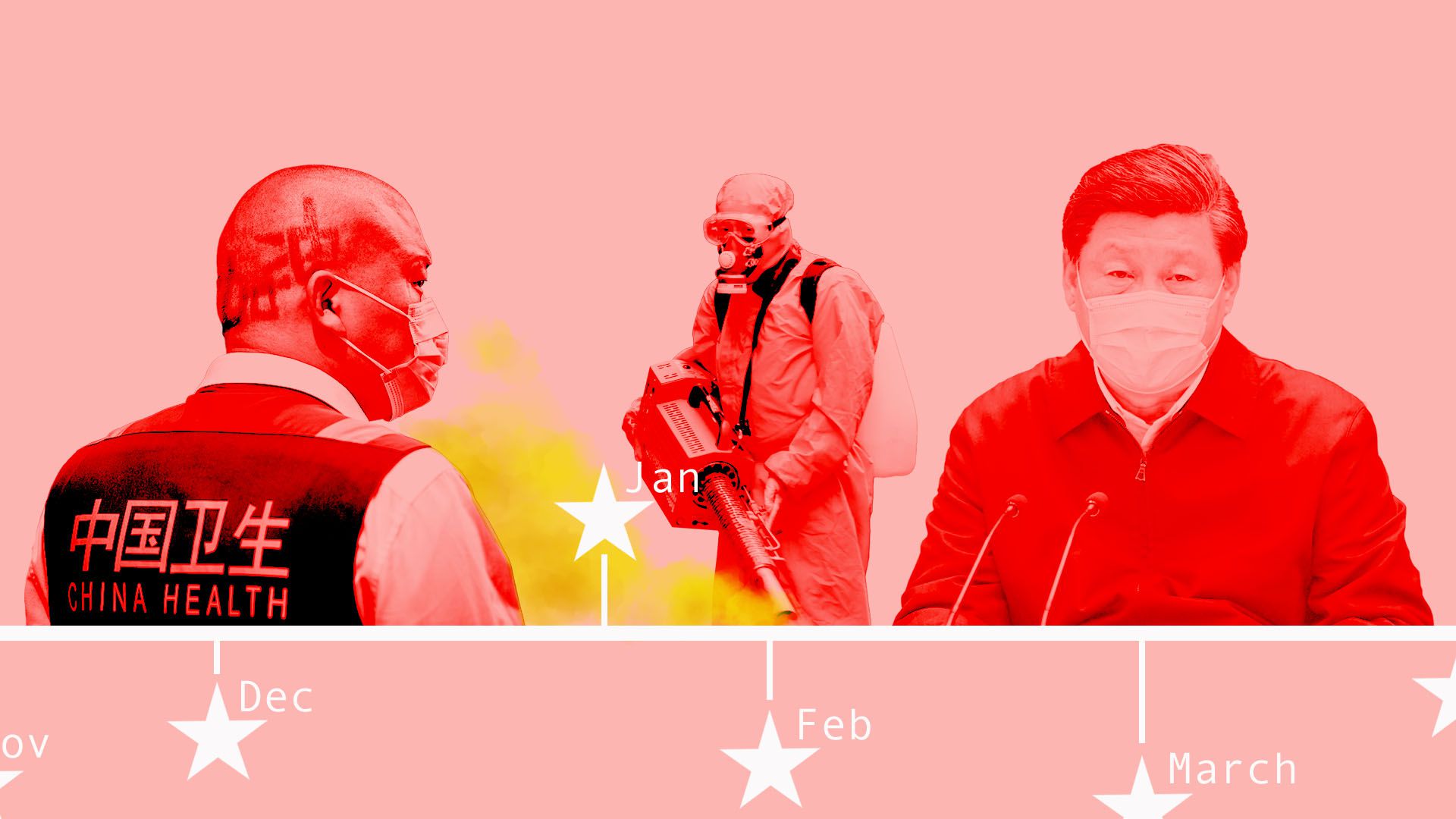Bethany Allan-Ebrahimian i Axios har laget en tidslinje over coronasmitten og den er samtidig en drepende dom over det kinesiske kommunistpartiet. Denne kunnskapen er ved å bli allmenn i USA og den kommer til å prege forholdet til Kina.
Logg inn for å lese videre (abonnenter).
Støtt uavhengige nyheter!
Bli abonnentPluss-artikler blir åpnet 24 timer etter publisering. Artikler som er eldre enn to år er forbeholdt abonnenter.






